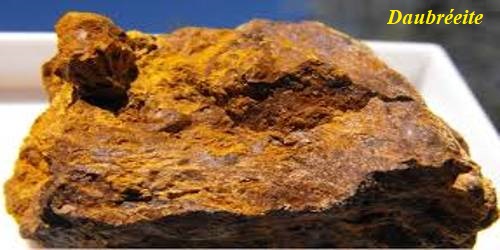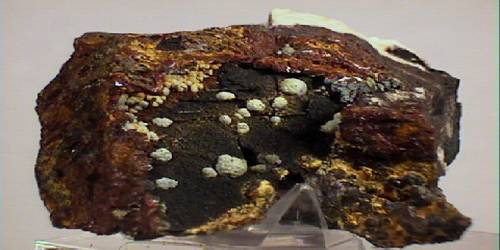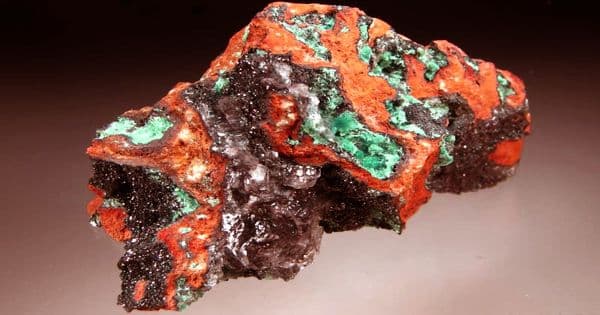Enstatite is a mineral; the magnesium endmember of the pyroxene silicate mineral series enstatite (MgSiO3) – ferrosilite (FeSiO3). It is a translucent crystalline mineral that occurs in some igneous rocks and stony meteorites. It consists of magnesium silicate and is a member of the pyroxene group. The magnesium-rich members of the solid solution series are common rock-forming minerals found in igneous and metamorphic rocks.
General Information
- Category: Inosilicate
- Formula: MgSiO3
- Crystal system: Orthorhombic
- Crystal class: Dipyramidal (mmm)

Properties
Enstatite is a relatively common mineral and is found in metamorphic and some igneous rocks as well as in stony and iron meteorites. It is white, gray, greenish, or brown in color; its hardness is 5–6 on the Mohs scale, and its specific gravity is 3.2–3.3.
- Formula mass: 100.387
- Color: White, grey, green, yellow or brown – colorless in thin section.
- Crystal habit: Prismatic crystals, commonly lamellar, fibrous, or massive
- Fracture: Uneven
- Tenacity: Brittle
- Mohs scale hardness: 5 to 6
- Luster: Vitreous, pearly on cleavage
- Streak: Gray
- Diaphaneity: Translucent to opaque
- Specific gravity: 3.2–3.3
- Optical properties: Biaxial (+)
Occurrence
Isolated crystals are rare, but orthopyroxene is an essential constituent of various types of igneous rocks and metamorphic rocks. Magnesian orthopyroxene occurs in plutonic rocks such as gabbro (norite) and diorite. It may form small idiomorphic phenocrysts and also groundmass grains in volcanic rocks such as basalt, andesite, and dacite.
Enstatite is a common mineral in meteorites. It would form more commonly in igneous rocks if it were not for the abundance of iron in most magmas. Crystals have been found in stone and iron meteorites, including one that fell at Breitenbach in the Ore Mountains, Bohemia. In some meteorites, together with olivine, it forms the bulk of the material; it can occur in small spherical masses, or chondrules, with an internal radiated structure.
Information Source:
















